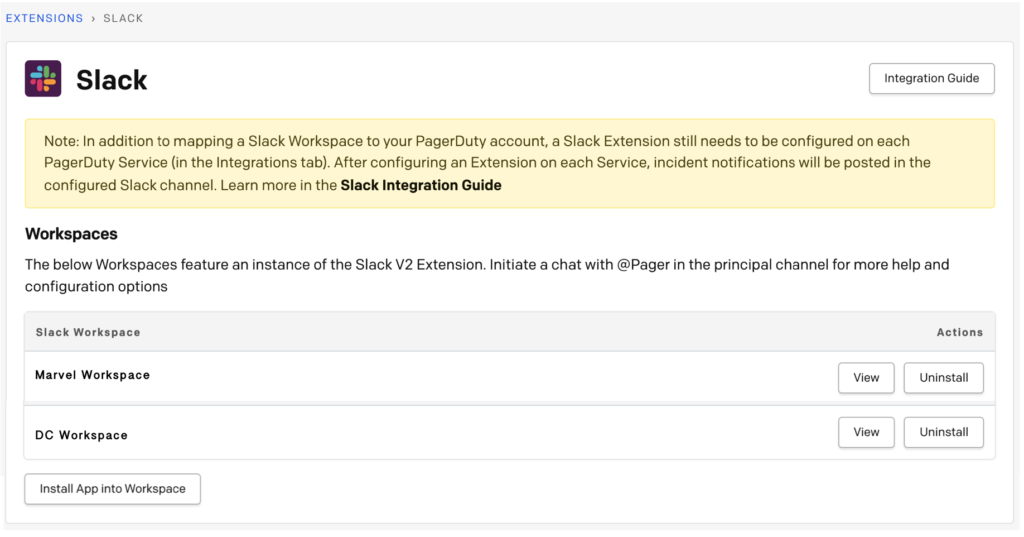What’s New: Introducing Next-Gen ChatOps With PagerDuty and Slack
In this new world of digital everything, new application versions usually mean that you’re going to get bigger and better features, more capabilities, and an uplifted user experience, right? When I talk to customers, many can’t wait to upgrade the PagerDuty integrations that they depend on to test new features. If you’re a PagerDuty for Slack user, the next-generation version of our Slack integration will certainly be an exciting development.
PagerDuty’s Slack integration was built by PagerDuty to continuously improve and expand the way Slack users work. PagerDuty for Slack allows users to drive real-time operations, collaborate within and across teams, and perform PagerDuty incident actions live in the Slack application. Let’s take a look at all the new features coming to you with this upgrade.
Create Slack Channel Connections via API
With this new API feature, PagerDuty customers can create a channel connection and connect a Slack channel to a PagerDuty service and team. PagerDuty users told us that they wanted us to make it easier to use APIs and/or terraform to create channel connections. So that’s what we did.
Centralized Slack Connections for Admins and Account Owners
Making it easy for admins and account owners to view and manage all Slack connections in a single page was an important addition to our “work where you are” ChatOps philosophy. A single page for integration management reduces clicks and simplifies our integration process. Now you’ll be able to:
- Create Slack channel connections to PagerDuty services and/or teams
- Toggle which incidents updates appear in-channel
- Filter channel incident notifications based on urgency or priority
- View and manage Workspace connections
- Set priority and responder updates
- Create and revoke Workspace tokens
Connect a PagerDuty Team to a Slack Channel for Team Incident Management
Decreasing incident confusion is key to resolving any issue quickly with open communication across all channels. For teams that centralize incident management with PagerDuty in their chat tool, enabling team-to-channel connections ensures that the right team has incident visibility, and supports a streamlined incident remediation process. After a channel is connected to a PagerDuty team, all incidents assigned to a team’s escalation policy will appear in predefined channels.
Connect Many-to-Many Slack Workspaces to PagerDuty Accounts
In an effort to continuously simplify your work, we’re offering the ability for admins to create many-to-many connections, and all Slack users within an organization will now have incident visibility. You can now connect multiple Slack user accounts to a PagerDuty user account.

Create and View a Stakeholder Update From Slack
Customers have told us how important it is to add incident stakeholders on the fly, without cumbersome context switching. So, we’ve built two new ways to add stakeholders in Slack. First, in a Slack incident notification, you now have a choice to create a stakeholder update. Second, resolution notes now have a checkbox feature that allows responders to send the resolution note as a stakeholder update as well.
Finally, another “work where you are” feature enables stakeholders to view business health and incident status from within their chat tool. This will increase incident visibility and minimize context switching.
Ready to get started with the next generation of PagerDuty for Slack ChatOps? Now’s the time to migrate to the new webhooks. Our Slack V1 will sunset November 1, 2021. You can find the new version right here. Thank you to all of the customers we worked with who helped us shape this new product!